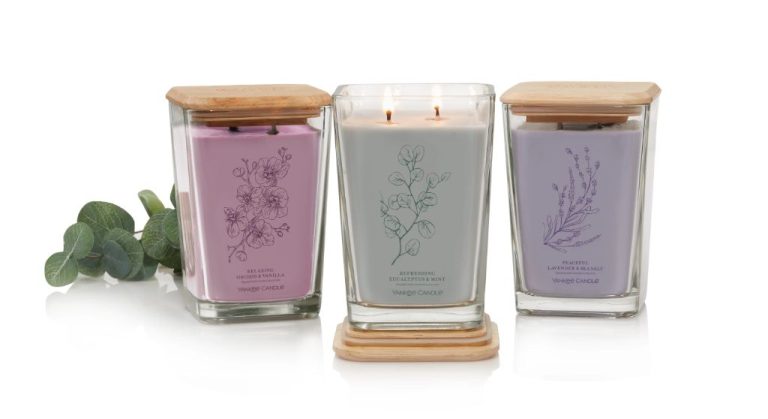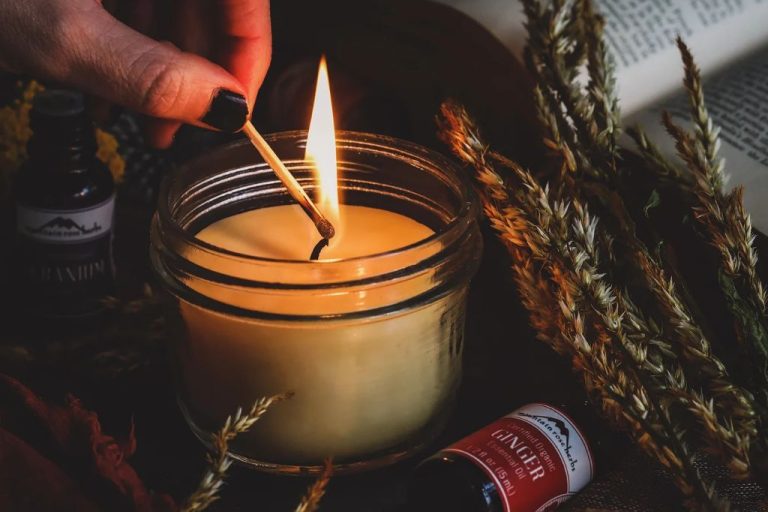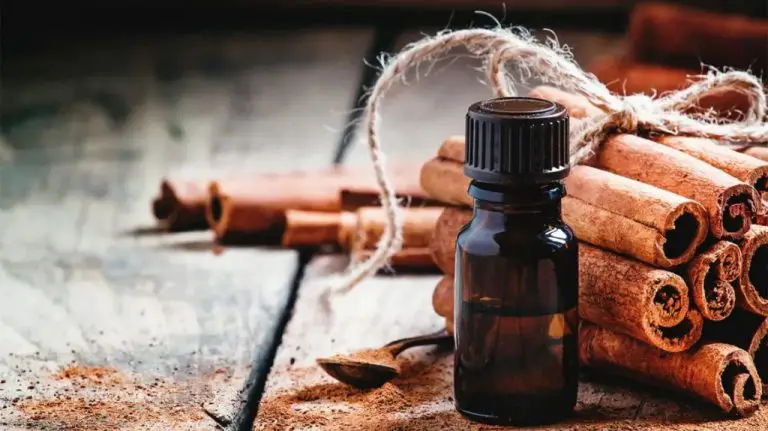What Fragrance Smells Like Lily Of Valley?
Lily of the valley is a beloved flower known for its sweet, delicate scent. The fragrance is described as fresh, dewy, and reminiscent of spring. Despite its dainty appearance, the lily of the valley flower contains a powerfully scented oil that has an extensive history of use in perfumery.
The lily of the valley scent is created from a chemical called linalool, which is also found in other flowers like jasmine and rose. Linalool gives the flower its characteristic fresh, floral aroma. Other components like hydroxycitronellal, nerol, and citronellol round out the green, citrusy facets of the fragrance.
Lily of the valley has been appreciated for centuries for its lovely summertime bloom and captivating fragrance. The flower’s use in perfumes dates back hundreds of years, making it an enduring classic in the world of fragrances.
Lily of the Valley Scent Described
The scent of lily of the valley is often described as fresh, floral, and slightly sweet. It evokes the renewal and purity of spring, with its crisp, green notes. According to The Perfume Society, the fragrance has an “almost spicy, so green and sweet” quality, with hints of lemon that conjure up an undeniably spring-like aroma.
Specifically, the floral scent contains components like linalool, hydroxycitronellal, and benzyl acetate that provide its unique sweet yet fresh smell. Lily of the valley is known for its delicate, clean fragrance that is never overpowering.
While the terms “floral” and “sweet” are commonly used to describe the lily of the valley scent, it also contains distinctive green and citrusy nuances that add depth and prevent it from smelling too cloying. Overall, the fragrance perfectly captures the essence of spring blooms and new beginnings.
Chemical Composition
Lily of the valley has a sweet, floral scent that comes from a specific blend of aroma compounds. The main chemical constituents that create the distinctive lily of the valley fragrance are:
- Linalool – This alcohol compound has a floral, slightly spicy aroma. Linalool is an important component of many natural essential oils.
- Linalyl acetate – An ester derived from linalool, linalyl acetate adds a sweet, fruity nuance. It amplifies and rounds out the floral notes.
Other molecules like geraniol, nerol, and citronellol are also present and contribute additional floral tones. The proportions and combinations of these natural chemicals produce the fresh, bright scent that is unmistakably lily of the valley.
Natural vs Synthetic
The natural lily of the valley extract is very expensive and hard to source, so most fragrances today use synthetic replicas to recreate the scent (Source). While the flower contains over 100 components, perfumers can skillfully blend just a few synthetic ingredients to produce a very close likeness of the fresh, dewy lily of the valley smell. Some of the key synthetic chemicals used are lilial, cyclamen aldehyde, hydroxycitronellal, and varieties of linalool and citronellol (Source).
Synthetic lily of the valley fragrances are much more affordable and accessible than natural extracts. They offer consistent and reliable performance, while natural extracts can vary in quality and availability. Though synthetics may lack some nuances, perfumers craft them skillfully to capture the flower’s bright, gentle, springtime essence.
Similar Fragrances
Though nothing can truly replicate the delicate, fresh scent of lily of the valley, there are some fragrances that evoke a similar vibe. Three floral notes that are frequently used to create a lily-esque bouquet are hyacinth, sweet pea, and jasmine.
Hyacinth has a gentle, sweet, and slightly sharper green floral scent that calls to mind the freshness of lily of the valley. Like lily of the valley, hyacinth contains benzyl acetate, lending it a sweet, feminine character.
The sweet, candy-like fragrance of sweet pea also resembles lily of the valley at times. Though sweeter, both flowers share an innocent, youthful quality.
Jasmine is a popular component in many lily of the valley inspired perfumes, as its rich, creamy floral aroma blends beautifully with the green freshness of lily. A touch of jasmine helps round out the scent.
While no single flower can perfectly mimic the uniqueness of lily of the valley, combining hyacinth, sweet pea, jasmine and other florals can create a very similar bouquet. Many perfumers use these notes to evoke the spirit of lily without using the actual essential oil.
Perfumes Featuring Lily of the Valley
Lily of the valley has long been a popular fragrance note in perfumes. Some of the most famous lily of the valley perfumes include:
Diorissimo by Christian Dior (1)– Launched in 1956, this perfume is built around the lily of the valley note. It epitomizes the delicate, floral scent. Other notes include jasmine, ylang-ylang, sandalwood, and amber.
Penhaligon’s Lily of the Valley – A classic English lily of the valley soliflore fragrance by the London perfumery. Crisp, dewy, and fresh.

Tom Ford Private Blend Jasmin Rouge – A rich jasmine scent with touches of lily of the valley, lemon, and clary sage. Luxurious and sensual.
DIY Lily of the Valley Fragrance
Lily of the valley fragrance can be created at home using essential oils, absolutes, or fragrance oils. Some of the key ingredients for a DIY lily of the valley scent include:
Lily of the valley essential oil or fragrance oil – This provides the main lily of the valley scent. However, true lily of the valley essential oil is very expensive and hard to find. Synthetic lily of the valley fragrance oils are more accessible for DIY. A recommended brand is Veda Oils.
Jasmine absolute or essential oil – Jasmine adds a sweet, floral note that complements the lily of the valley. Use a small amount, around 5% of the total fragrance blend.
Green notes like clary sage – Clary sage has an herbal, fresh scent that evokes stems and leaves. Other green oils like galbanum or violet leaf absolute also work well.
Citrus oils – Small amounts of bergamot, lemon, or orange bring a fresh, dewy quality. Limit to 5% or less of the total.
Rose or ylang ylang – These florals provide a rich sweetness. Use rose absolute or rose otto for best quality.
The oils can be combined into a perfume oil or added to products like soaps, lotions, room sprays, potpourri, etc. When making lily of the valley fragrance at home, use a light touch and allow the lily perfume to shine through. Start with a small amount of each component and adjust until the desired scent is achieved.
Buying Tips
When purchasing a lily of the valley fragrance, it’s best to stick with reputable and established perfume brands. According to Harper’s Bazaar, some of the top lily of the valley fragrances come from luxury houses like Dior, Guerlain, and Penhaligon’s. Their expertise in perfumery ensures a high-quality and authentic lily of the valley scent.
It’s also wise to read customer reviews before buying a lily of the valley fragrance. Peer reviews on sites like Fragrantica can provide helpful insight into how the perfume actually smells compared to the advertised notes. Beware of fragrances with many negative reviews stating the perfume smells nothing like fresh lily of the valley. The reviews can steer you away from poor imitations.
When possible, try testing the perfume on your skin before purchasing. Lily of the valley scents can vary quite a bit across different brands and noses. Find one that aligns with your personal preferences by sampling in person.
Storing and Using
It’s important to properly store your Lily of the Valley fragrance oil to preserve the scent. Exposure to heat, light, and oxygen can cause the fragrance oil to deteriorate faster. Here are some tips for storing and using Lily of the Valley fragrance oil:
Avoid storing the oil near heat sources like sunny windows, stoves, or heating vents, as heat can break down the fragrance molecules. Store in a cool, dark place like a pantry or closet for maximum longevity.
Make sure to keep the bottle tightly capped when not in use. Oils exposed to air can oxidize and lose their potency.
Limit light exposure by storing in amber or opaque bottles. Sunlight and UV rays can accelerate fragrance deterioration.
When using in cosmetics, lotions, or candles, add at recommended usage rates. Using too much fragrance can cause the scent to deteriorate faster.
Consider making smaller batches and refilling often for best scent preservation. The more a bottle gets opened and exposed to air, the faster it will lose its aroma.
With proper storage and minimal exposure to heat, light, and oxygen, your Lily of the Valley fragrance oil can retain its delightful floral bouquet for many months.
Conclusion
Lily of the valley has a sweet, delicate, floral scent that is instantly recognizable. With top notes of citrus and fruity accords, a heart of lily of the valley, jasmine, and rose, and a musky base, it’s a fresh yet complex fragrance. Both natural and synthetic versions are used in perfumes today to try to capture the essence of this beautiful spring flower.
While tricky to recreate exactly, there are many perfumes, colognes, body sprays, and oils on the market that contain or mimic lily of the valley. Vintage scents by Dior, Coty, and Guerlain are prized for their authentic lily of the valley notes. Modern fragrances like Diorissimo and Gucci Bloom put their own spin on this classic floral. With some creativity, you can even make your own lily of the valley scent at home.
Overall, lily of the valley is a timeless floral fragrance that conjures up thoughts of renewal and fresh beginnings. Its sweet, innocent, feminine scent provides a touch of spring and brightness all year round.




